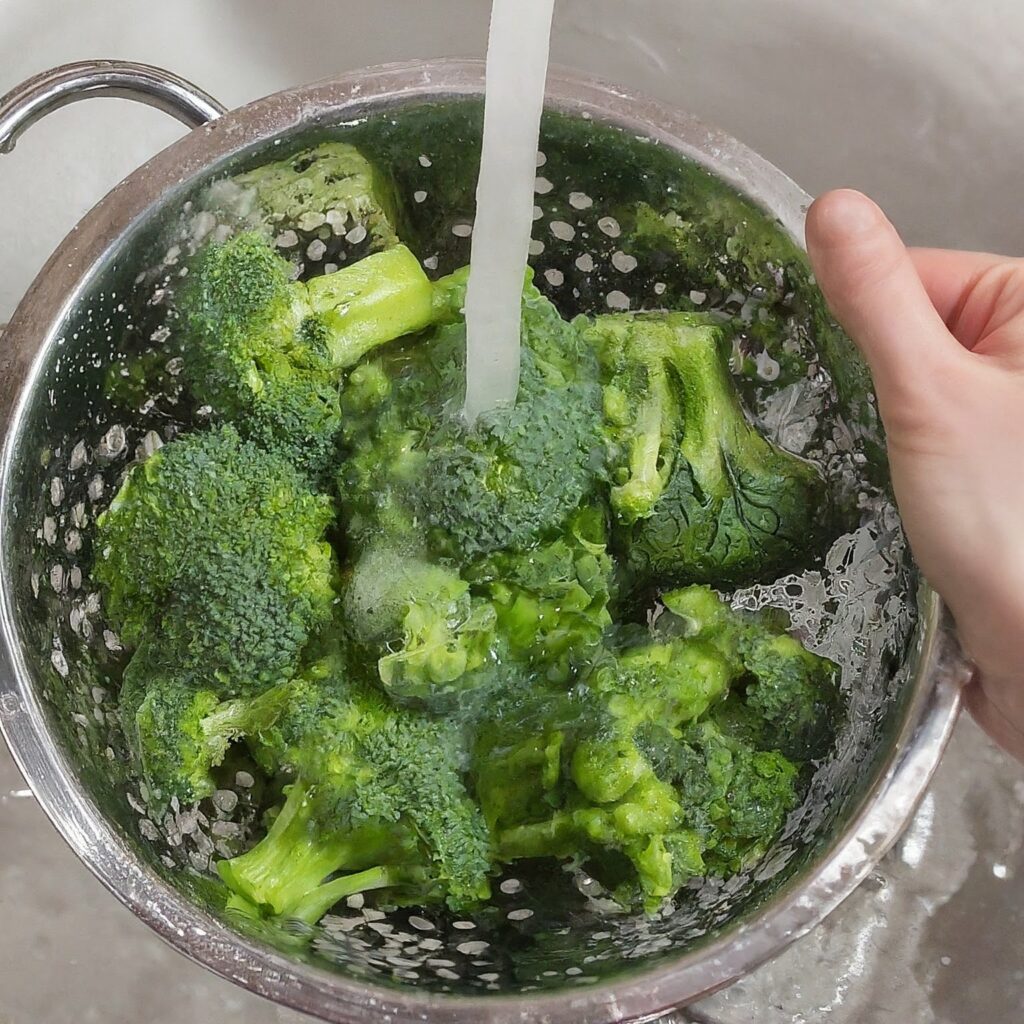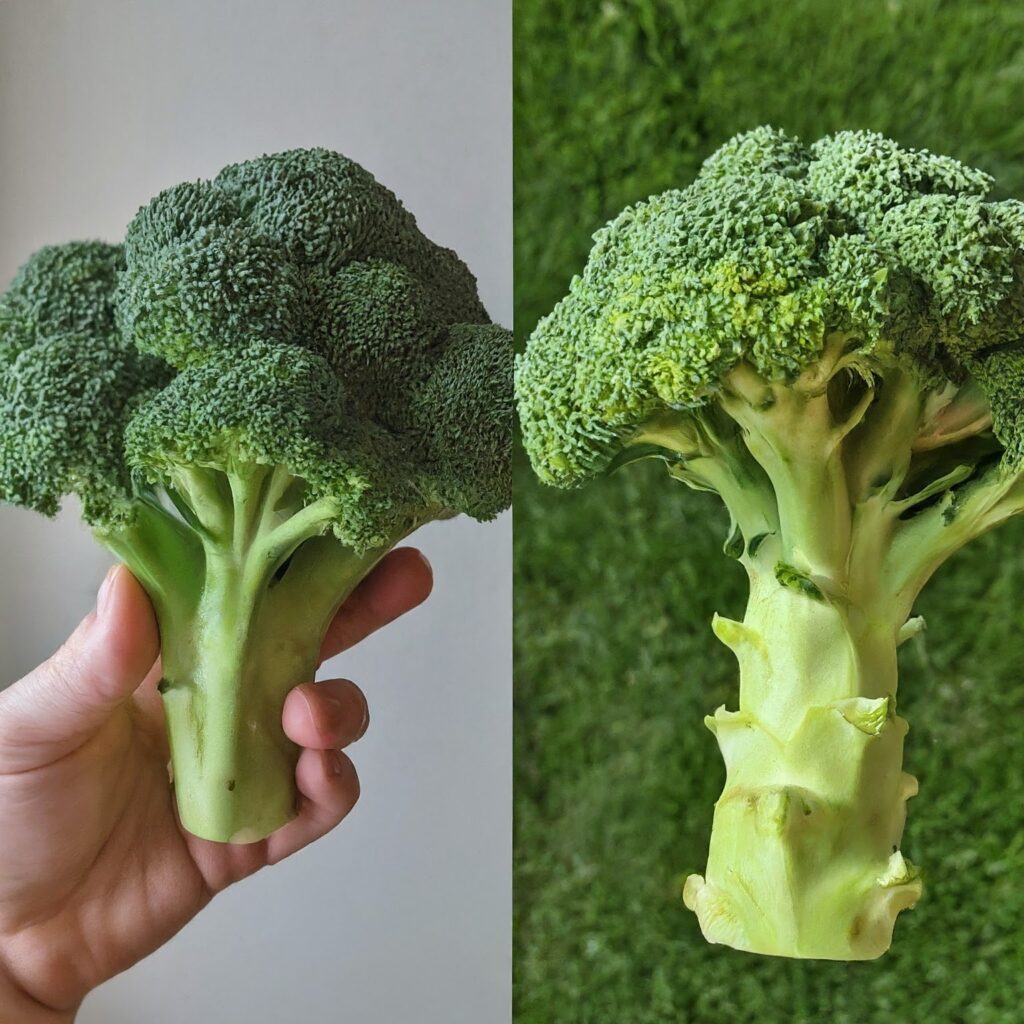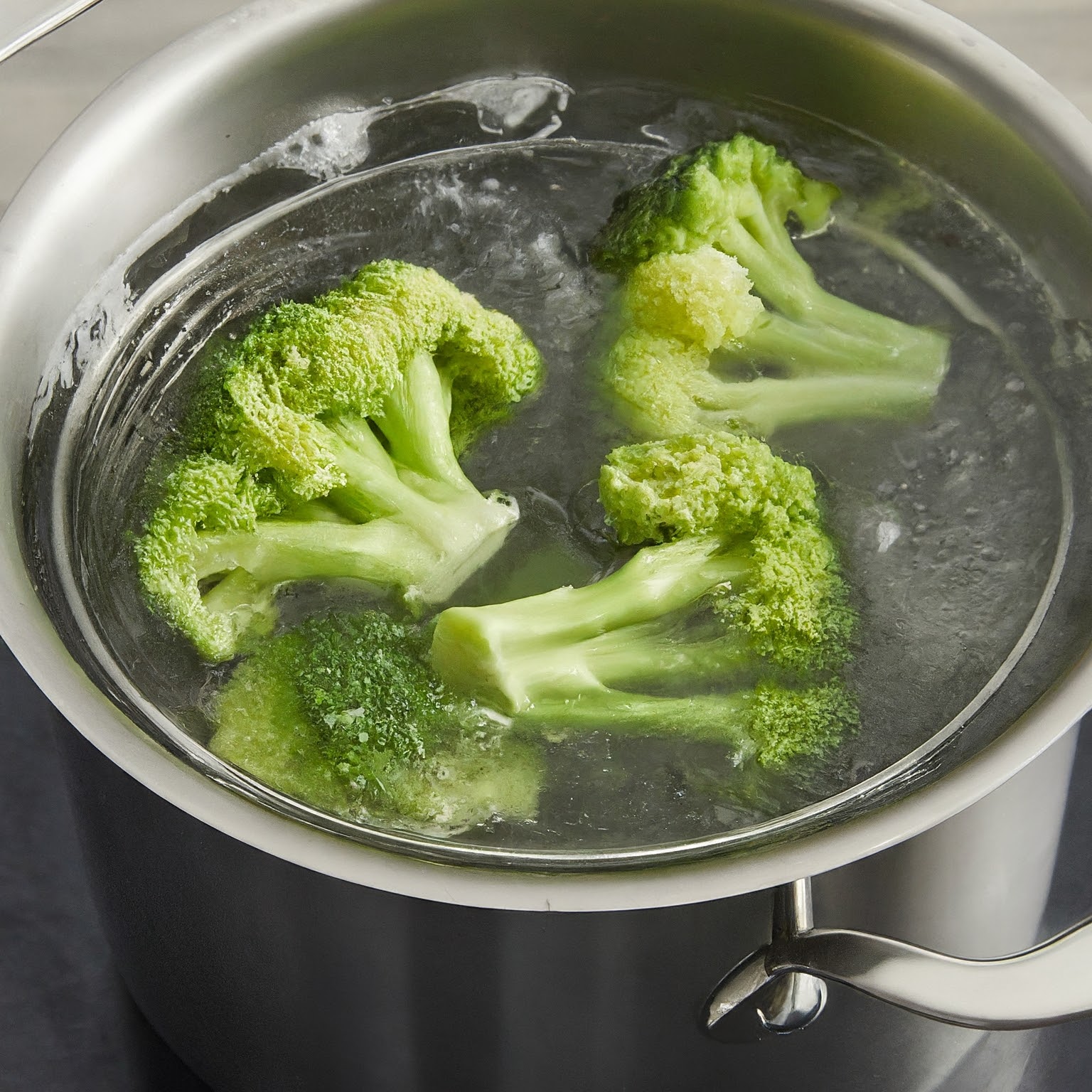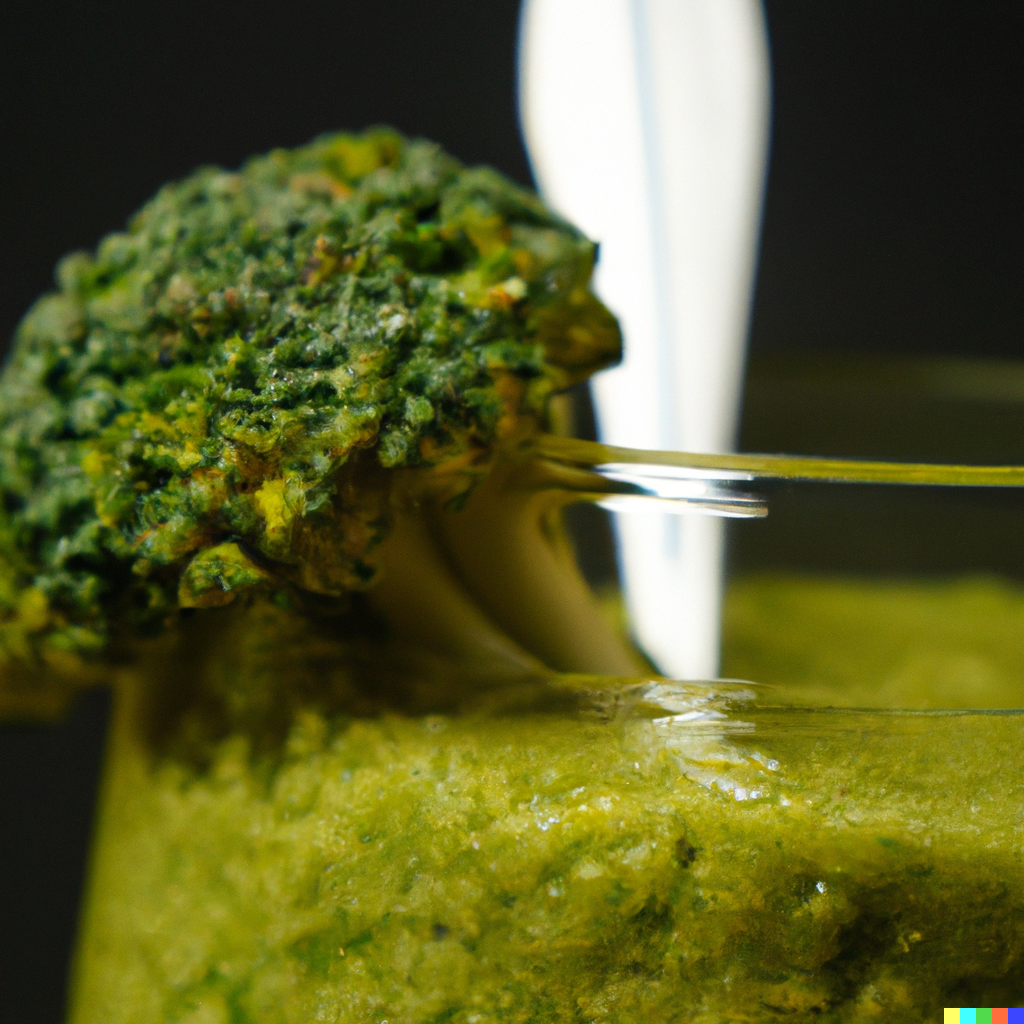Broccoli is such an healthy veggie that can be prepared in different ways to bring out its delicious flavors and textures. Whether you like it steamed, roasted, boiled or stir fried there are plenty of ways to cook broccoli to match your taste buds. In this blog post we’ll explore the fundamentals of cooking broccoli starting from selecting the produce to seasoning it right for a delightful meal. Come along as we delve into the joys of cooking with broccoli and uncover the nutritious advantages this vegetable brings.Before you start cooking it’s important to wash the broccoli to get rid of any dirt or debris. Cutting the broccoli into florets of sizes ensures that it cooks evenly. You can also consider peeling the skin of the stalks for a softer texture.
Now that we have an idea of how to prepare broccoli for cooking lets explore the methods you can use to cook this versatile vegetable. Whether you choose to boil, steam, roast or sauté it each method brings its flavor and texture. So lets dive in and discover how to cook broccoli

Preparing Broccoli for Cooking
Getting broccoli ready, for cooking is crucial to ensure cooking and preserve its flavor and texture. In this section we will delve into aspects of preparing broccoli; selecting and purchasing broccoli washing and cutting it and exploring various preparation techniques.

Purchasing Fresh Broccoli
When picking out broccoli look for heads, with green color and tightly closed florets. The stems should be firm but not woody. Avoid choosing broccoli with florets or signs of wilting as these’re indicators that the vegetable is not fresh.
It’s an idea to consider purchasing broccoli from farmers markets or organic grocery stores as they often offer fresher and tastier produce. If feasible choose broccoli to reduce exposure, to pesticides.

Cleaning and Chopping Broccoli
Before cooking it’s important to wash broccoli to get rid of any dirt, debris or potential pesticides. Begin by rinsing the heads under running water gently rubbing the florets to remove any particles.
Then trim the ends of the broccoli stalks. You can. Discard them. Save them for other purposes like making vegetable stock.
To chop the broccoli into florets firmly hold the head. Use a knife to separate the florets from the main stem. Try to make florets of size for cooking.
Preparation Methods
There are ways you can prepare and improve the flavor and texture of broccoli before cooking. Here are some options;
Blanching; this method involves boiling the broccoli florets in salted water and then moving them to an ice bath to halt the cooking process. Blanching helps maintain the color and crunchiness of the florets.
Marinating; marinating broccoli, in a mixture of oil, vinegar and seasonings can enhance its flavor depth.
For flavor let the broccoli marinate for least 30 minutes before cooking.
To enhance the texture of broccoli when cooking try brining by sprinkling salt on the florets. Letting them rest. This method works well for roasting broccoli.
By following these steps and techniques to prepare broccoli you’re ensuring a well-cooked vegetable. Now that we’ve covered the preparation part lets explore ways to cook broccoli in the section.
Cooking broccoli offers an opportunity to play around with flavors and textures. In this section we’ll delve into cooking methods, like boiling, steaming, roasting and sautéing. Each method yields results so lets dive in and find the way to cook broccoli to match your preferences.
How to Cook Broccoli
4
servings5
minutes50
kcalIngredients
Broccoli florets: 1 head (around 500g or 1 pound)
Water: For steaming or boiling (amount depends on the chosen cooking method)
Salt: To taste (optional for steaming or boiling)
Olive oil: 1 tablespoon (optional for roasting or sautéing)
- Optional Ingredients:
Garlic: 1-2 cloves, minced (for roasting or sautéing)
Lemon juice: 1 tablespoon (for steaming or boiling)
Butter: 1 tablespoon (for steaming or boiling)
Black pepper: To taste
Directions
- Boiling Broccoli;
Fill a pot with water.
Bring it to a boil.
Add a pinch of salt, for flavor enhancement. While you’re waiting for the water to heat up get the broccoli ready, by washing and chopping it into florets.
Once the water is boiling vigorously gently add the broccoli florets. Cook them for 3 5 minutes until they are tender but still have a slight crunch. Be careful not to overcook them as that can result in broccoli.
To check if the broccoli is cooked try piercing a floret with a fork. If it goes in smoothly the broccoli is done.
After cooking take out the broccoli from the water. Place it in a colander. Give it a rinse with water to halt the cooking process and maintain its bright green color.
Boiled broccoli makes for a side dish can be added to salads or used in recipes. Just remember that boiling may cause some loss so consider using the cooking water in soups or other dishes to retain those nutrients.
- Steaming Broccoli
Steaming is a way of cooking that preserves the nutrients and natural taste of broccoli. Here’s how you can steam broccoli;
Fill a pot with, around an inch of water. Bring it to a boil. Alternatively you can use a steamer basket for this method.
While waiting for the water to heat up get the broccoli ready, by washing it and cutting it into florets.
Once the water starts boiling place the broccoli florets in a steamer basket or a heat proof colander above the boiling water. Be careful not to let the broccoli touch the water.
Cover the pot. Steam the broccoli for 5 7 minutes until its tender but still has a bit of crunch. To test if its done poke a floret with a fork.
After cooking gently take out the broccoli from the steamer. Transfer it to a serving dish.
Steamed broccoli makes for a side dish on its own. You can enhance its flavor by adding some butter or olive oil. It also works well in stir fries and pasta dishes.
- Roasting Broccoli
Roasting brings out a taste and gives broccoli a crispy texture. Here’s how to roast this veggie;
Preheat your oven to 400°F (200°C). Prepare a baking sheet with parchment paper or aluminum foil.
Wash and cut your broccoli into evenly sized florets.
In a bowl mix together the broccoli florets with oil, salt, pepper as well as any other desired seasonings, like garlic powder, paprika or grated Parmesan cheese.
Spread the seasoned broccoli evenly on the baking sheet that you’ve prepared ensuring that the florets are not too crowded.
Bake the broccoli, in the preheated oven for 20- 25 minutes until the florets become tender and develop a golden brown color. Remember to stir to ensure even cooking.
After roasting take out the broccoli from the oven. Allow it to cool slightly before serving.
Roasted broccoli is a dish that can be enjoyed as a side added to salads or used as a delicious topping for pizzas and pasta dishes.
- Sauteing broccoli is a quick cooking method that imparts a caramelized flavor to this vegetable. Here’s how you can saute broccoli;
Heat up a skillet or frying pan over heat and add some olive oil or your preferred cooking oil.
Wash and cut the broccoli into florets of similar sizes.
Once the oil is hot add the broccoli florets to the skillet. Saute them for 5-7 minutes stirring occasionally until they are tender and lightly browned.
For flavor feel free to incorporate seasonings, like minced garlic, red pepper flakes or soy sauce during cooking.
Once done remove the sauteed broccoli from heat. Transfer it to a serving dish.
Broccoli cooked in a style is perfect, for serving as a side dish mixing into stir fries or topping grain bowls and omelets.
After exploring the ways to cook broccoli lets now move on to the section to delve into how to season and present this tasty vegetable.
Seasoning and Serving Broccoli
Once you’ve prepared your broccoli using any of the cooking methods we discussed earlier it’s time to spice it up with some seasonings and present it in a way that complements its flavors and textures. In this section we’ll look at seasoning suggestions serving ideas and ways to pair broccoli with dishes.
Basic Seasoning Suggestions
Salt and Pepper; A impactful combination, sprinkling some salt and ground black pepper can enhance the natural taste of broccoli.
Garlic and Herbs; Cook minced garlic in olive oil until fragrant then mix it with cooked broccoli for an added burst of flavor. You can also incorporate herbs like thyme, oregano for a dimension.
Lemon Zest; Grate lemon zest over cooked broccoli for a touch. A squeeze of lemon juice can also lift up the flavors.
Soy. Tamari; Drizzle soy sauce or tamari over broccoli, for a rich umami flavor experience.You can also enhance the flavor with a hint of oil, for an Asian inspired touch.
Sprinkle some Parmesan cheese on top of sautéed broccoli to give it a deliciously savory and cheesy taste.
Feel free to get creative with seasonings and spices that match your flavor preferences. The possibilities are endless!

Ways to Serve;
Side Dish; Enjoy cooked broccoli as an colorful side dish alongside grilled chicken, roasted salmon or seared steak.
Salads; Mix cooked broccoli with your greens, cherry tomatoes, cucumbers and a zesty vinaigrette for a fresh and healthy salad option.
Stir Fries; Incorporate cooked broccoli into stir fries along with other veggies, protein sources and your preferred sauce for a speedy and flavorful meal.
Pasta Dishes; Combine cooked broccoli with pasta, garlic, olive oil and grated Parmesan cheese for an uncomplicated yet satisfying pasta meal. For spice you can sprinkle in some red pepper flakes.
Grain Bowls; Top your grain bowls with cooked broccoli, roasted chickpeas avocado slices and a drizzle of tahini dressing for a filling and nutritious meal option.

Pairing Broccoli with Foods;
Broccoli pairs nicely with proteins, like chicken, beef, fish, tofu and beans.Consider pairing your broccoli dish, with grilled or roasted protein to create a satisfying meal.
For a meal mix cooked broccoli into grain based dishes such as quinoa, rice or couscous. You can also incorporate it into legume based recipes like lentil stews or chickpea curries.
Enhance the flavor profile of broccoli by serving it with sauces like hollandaise, cheese sauce or a creamy garlic sauce for an rich taste experience.
Create a side dish by combining broccoli with other vegetables like carrots, cauliflower or Brussels sprouts for an array of colors and flavors.
There are seasoning and serving options, for broccoli. Feel free to experiment with combinations to find your way of enjoying this nutritious vegetable.
In the segment we will discuss the health benefits of broccoli. Why its beneficial to include it in your diet.

Here are some important nutrients you can get from broccoli;
Vitamin C; Broccoli is a source of vitamin C, which’s essential, for boosting the immune system producing collagen and providing antioxidant benefits.
Vitamin K; It contains an amount of vitamin K, which’s crucial for blood clotting and maintaining strong bones.
Fiber; Broccoli is rich in fiber, which helps with digestion manages blood sugar levels and supports weight control.
Potassium; It also provides potassium, a mineral that helps regulate blood pressure and promotes heart health.
Folate; Broccoli offers folate, a B vitamin for cell growth and development important during pregnancy.
Antioxidants; You’ll find plenty of antioxidants like lutein, zeaxanthin and beta carotene in broccoli to help combat oxidative stress and reduce the risk of chronic illnesses.
Benefits of Eating Broccoli Regularly
Boosts Immunity; The high vitamin C content in broccoli strengthens the system to ward off infections and diseases
Supports Heart Health; The combination of fiber, potassium and antioxidants, in broccoli contributes to heart health by lowering cholesterol levels maintaining blood pressure levels and protecting against damage.
Broccoli is great, for your digestion as its fiber content helps keep things running smoothly prevents constipation and maintains a gut microbiome.
It’s worth noting that broccoli is rich in vitamin K, which’s essential for bone health and can help prevent conditions like osteoporosis.
In addition to its benefits broccoli also supports eye health thanks to antioxidants like lutein and zeaxanthin that protect against eye conditions such as age related macular degeneration and cataracts.
Furthermore compounds found in broccoli, such, as sulforaphane show promising cancer properties that could potentially lower the risk of certain types of cancer.

Including Broccoli, in Your Diet
Here are some suggestions for adding broccoli to your meals;
Steamed or Roasted; Enjoy roasted broccoli as a side dish. Mix it into stir fries, pasta dishes or grain bowls.
Salads; Mix or blanched broccoli florets into salads for a crispy and healthy touch.
Soups and Stews; Incorporate chopped broccoli into soups, stews or vegetable based meals to enhance their content.
Smoothies; Blend raw broccoli florets with fruits and vegetables to create a smoothie.
Broccoli Rice or Noodles; Use a food processor to turn broccoli florets into rice noodle like textures for carb recipe alternatives.
Snacks; Pair raw broccoli florets with dips like hummus or yogurt, for an nutritious snack option.
By adding broccoli to your meals you can enjoy its health benefits and versatile flavor.
Conclusion

In summary cooking with broccoli is a way to include this vegetable in your diet. By mastering cooking techniques and experimenting with flavors you can craft wholesome dishes tailored to your preferences.
Make sure to add some seasoning and prepare broccoli in a manner that brings out its taste. You can also pair it with dishes to create a meal. Broccoli is packed with vitamins, minerals and antioxidants that provide health benefits for your well being. So why not start incorporating broccoli into your cooking routine. Savor the delightful advantages it brings!
Scotti Davis is an experienced recipe blogger and his Haute cuisine knowledge is reflected in his ingenious dishes. He has also developed a talent for pairing tastes perfectly and a passion for sharing his love for cooking meals, and these strengths enable him to create an interesting and mouthwatering menu.


